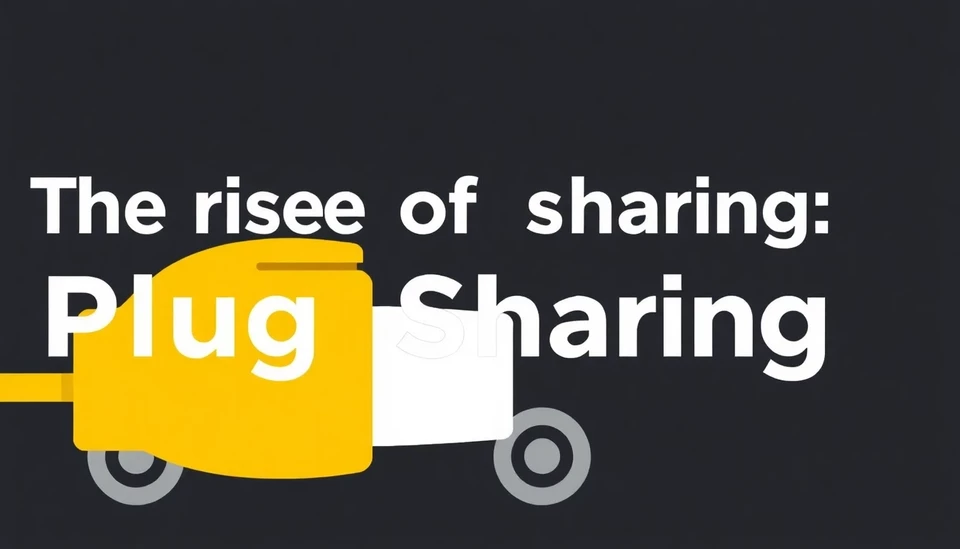
As the electric vehicle (EV) landscape evolves, significant changes are reshaping the charging ecosystem. Once considered an obstacle for EV owners, the concept of charging deserts is becoming a relic of the past. With advances in infrastructure and community-driven solutions, plug-sharing is gaining traction as a preferred option for many electric vehicle users.
Across urban and suburban settings, the once sparse availability of charging stations has dramatically improved. This transformation is fueled by a combination of government initiatives, increased investment from private companies, and the growing popularity of electric vehicles themselves. While these developments are undeniably positive, they uncover a new trend: the rise of plug-sharing platforms, which allow EV owners to share access to their own home charging stations with fellow drivers.
With the surge in electric vehicle ownership, many owners find themselves with more power to lend than their personal consumption requires. Instead of letting their home charging stations stand idle, these individuals are opting to open their chargers to others through app-based sharing models. This shift not only provides convenience for drivers who may struggle to find public charging stations, but it also helps host users offset their electricity costs.
Plug-sharing platforms function by connecting users who need a charging solution with those who have the necessary infrastructure. By signing up for services like Plugshare, EV owners can become part of a community that encourages sharing resources. This collaborative approach extends beyond convenience; it builds a supportive network among EV owners, fostering camaraderie and shared responsibility.
The growth of plug-sharing is also benefiting from the increased public awareness surrounding sustainability and green technology. As more individuals understand the importance of reducing carbon footprints, the appeal of electric vehicles continues to rise. The transition toward widespread EV adoption is not just about personal vehicle choice; it's about creating a more sustainable future for communities across the globe.
Despite these advancements, challenges remain. In some areas, charging infrastructure still lags behind the pace of EV adoption. Moreover, questions surrounding reliability, cost, and user responsibility in plug-sharing scenarios must be addressed. Instances of overuse or damage to home charging units could lead to frustrations for both hosts and guests alike. As plug-sharing grows, many platforms are working on establishing guidelines to ensure a positive and fair experience for all parties.
In the ongoing transition to electric mobility, the role of community cannot be underestimated. As plug-sharing continues to gain popularity, communities are setting a precedent for environmentally-friendly practices and resource sharing. The evolution of charging solutions—from public stations to intimate home-sharing—spotlights the ingenuity within the EV community and raises the question: what will this shared future look like in the years ahead?
As we march toward a greener tomorrow, the essence of community collaboration in mobility is redefining what it means to be an EV owner. This shift towards plug-sharing could pave the way for an innovative and inclusive approach to charging that benefits all stakeholders involved. The conversation around accessibility and sustainability continues to develop, demonstrating the dynamic nature of electric vehicle charging in the modern world.
In conclusion, the once daunting fear of charging deserts is now shadowed by the light of innovation and community engagement. With plug-sharing emerging as a vital solution, electric vehicle users are embracing a collaborative path towards sustainable transportation.
#PlugSharing #EVCharging #SustainableTransportation #ElectricVehicles #CommunityEngagement
Author: Peter Collins




